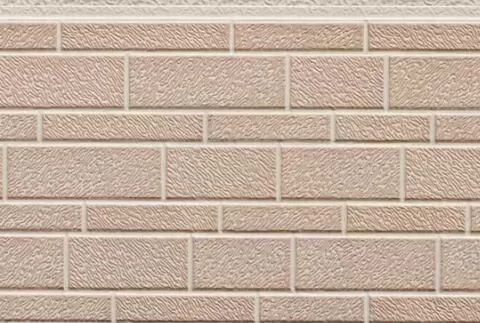Sandwich panels are a type of construction material that has become increasingly popular in recent years. They consist of two outer layers or skins, and a core material sandwiched between them. The core material can be made of a variety of materials, such as foam, honeycomb, or balsa wood, and the skins are typically made of metal, plastic, or composite materials. One question that often arises is whether sandwich panels are considered a type of composite material. In this article, we will explore this question in more detail.

Understanding Composite Materials
To answer the question of whether sandwich panels are a composite, we first need to understand what composite materials are. A composite material is a combination of two or more materials that have different physical or chemical properties. The individual materials retain their unique properties, but when combined, they create a new material with enhanced properties. Composite materials are used in a wide range of applications, such as aerospace, automotive, and construction.
Are Sandwich Panels a Composite Material?
Based on the definition of composite materials, it is safe to say that sandwich panels can be considered a type of composite material. The reason for this is that sandwich panels are composed of two or more materials that have different properties. The core material, which provides the panel's strength and stiffness, is typically made of a foam or honeycomb material. The outer layers, or skins, are made of metal, plastic, or composite materials. These two materials combine to create a new material that has enhanced properties, such as high strength-to-weight ratio, thermal insulation, and fire resistance.
Types of Composite Materials Used in Sandwich Panels
Sandwich panels can be made using a variety of composite materials for the outer layers, including fiberglass, carbon fiber, and Kevlar. These materials are typically combined with a resin matrix, such as epoxy or polyester, to create a strong and lightweight skin. The core material can also be made using composite materials, such as a foam core with a fiberglass skin.
Advantages of Using Composites in Sandwich Panels
Using composite materials in sandwich panels offers numerous advantages. Composite materials are lightweight, strong, and durable, making them ideal for use in a wide range of applications. They also offer excellent thermal and acoustic insulation, which is essential in buildings and transportation. Additionally, composite materials are corrosion-resistant and can withstand exposure to harsh environments, making them ideal for use in marine and aerospace applications.
Conclusion
In conclusion, sandwich panels can be considered a type of composite material due to their construction, which combines two or more materials with different properties. The use of composite materials in sandwich panels offers numerous advantages, including high strength-to-weight ratio, thermal insulation, and fire resistance. Composite materials are becoming increasingly popular in the construction industry, and sandwich panels are just one example of how they can be used to create new and innovative building materials. As the demand for lightweight, durable, and sustainable building materials continues to grow, it is likely that the use of composite materials in construction will only continue to increase in the future. We are a sandwich panel supplier. If you are interested in our products, please contact us now!


